Roofing felt is a compact wool fiber and is made of condensed glass fiber or polyester fibers. Although Roofing Felt is the protective layer, it can get wet. Fortunately, roofing felt can get wet and still maintain its integrity. However, because it is designed to repel water and not absorb it, it can break down if it stays damp for too long, so you need to have time to dry.
Too much sunlight can also cause the roofing felt to break, so it is not very suitable for very humid or very dry climates. However, you don't want to leave it exposed to the elements for more than a few days or it could get damaged. The good news is that roofing felt can get wet. Behmer Roofing & Sheet Metal explains that this is an essential part of roofing felt design in the first place.
This felt is designed to add another layer of waterproofing to your roof to protect your home from damage caused by rain, snow and moisture. Although the felt ensures that water drains from the roof, it can still get wet. However, even after being wet, the felt maintains its integrity, but only if it is not exposed to other elements for a few days. For example, exposure to sunlight and more rain will cause it to break down.
So, yes, the base of the roof can get wet. But not for long periods of time. That is why planning is so important during the installation of a roof. During clear 70-degree days we have more flexibility in our schedule.
However, when the rainy season arrives, we make sure to work quickly, efficiently and safely. Roofing felt, also known as tar paper or underlayment, is used to protect your roof from perception. Getting wet is not a problem in small doses. However, prolonged exposure, longer than three days, can compromise the roofing felt and cause it to crumple or break.
Yes, roofing felt can get wet. Although roofing felt is an additional protective layer, it can still get wet. Perhaps, even when wet, roofing felt maintains its integrity until it is exposed to other elements for more than a week or so. It can even break down in sunlight due to the amount of moisture.
Felt, as you know, is designed as a last resistance against water ingress on the roof lining and in the home. Roofing felt or tar paper can be left out in the weather for weeks, spilling rainwater while the roof is in the process of being finished. The best roofing conditions are, of course, pleasant sunny days, from 78 to 85 degrees, but this is not reasonable all year round in the vast climates we have in the United States or with some of our readers from around the world. Roofing felt is a little fragile, but if you take care of it you shouldn't have to mess with it for quite some time.
It is important to ensure that the roofing felt is completely dry before laying the shingles, since the moisture in the roofing felt cannot evaporate once they are laid on it. In extremely cold weather, ice and snow on the roof can melt due to the heat emitted by the house. Roofing felt will wrinkle and tear if left out of the elements; shingles take the brunt of this weather and let only a small amount of moisture in. Certainly the cream of the crop, the water protection Ice & will keep your roof safe from water, whether it is frozen or not, however, you will have to pay for that protection.
This means that it provides temporary protection from water while incorporating roof shingles and roofing. Roofing felt, also known as construction felt or tar paper, is a protective layer that is rolled onto the roof covering and serves as an additional underlayment. Essentially, the structure of a roof with felt will be first the shingles on top, secondly the felt, and then, thirdly, the felt on top of the structure itself. The air blown into roofing felt is much less harmful than tile nails, so start with this if you really need to get things going.
Arizona has a hot and dry climate that makes wildfires a big concern, hence the need for Class A roofs and asphalt fiberglass composition shingles qualify. If you see a wrinkle while installing roofing felt, it is better to inform a professional immediately, because if you take longer to correct wrinkles, cracks may occur, which can lead to a risk of leaks in your home. Never work with low-slope roofing products when you have a wet base or a damp wood coating. Roofing felt is designed to control moisture, so it is much better than the structure alone and bears the brunt of the damage.
. .
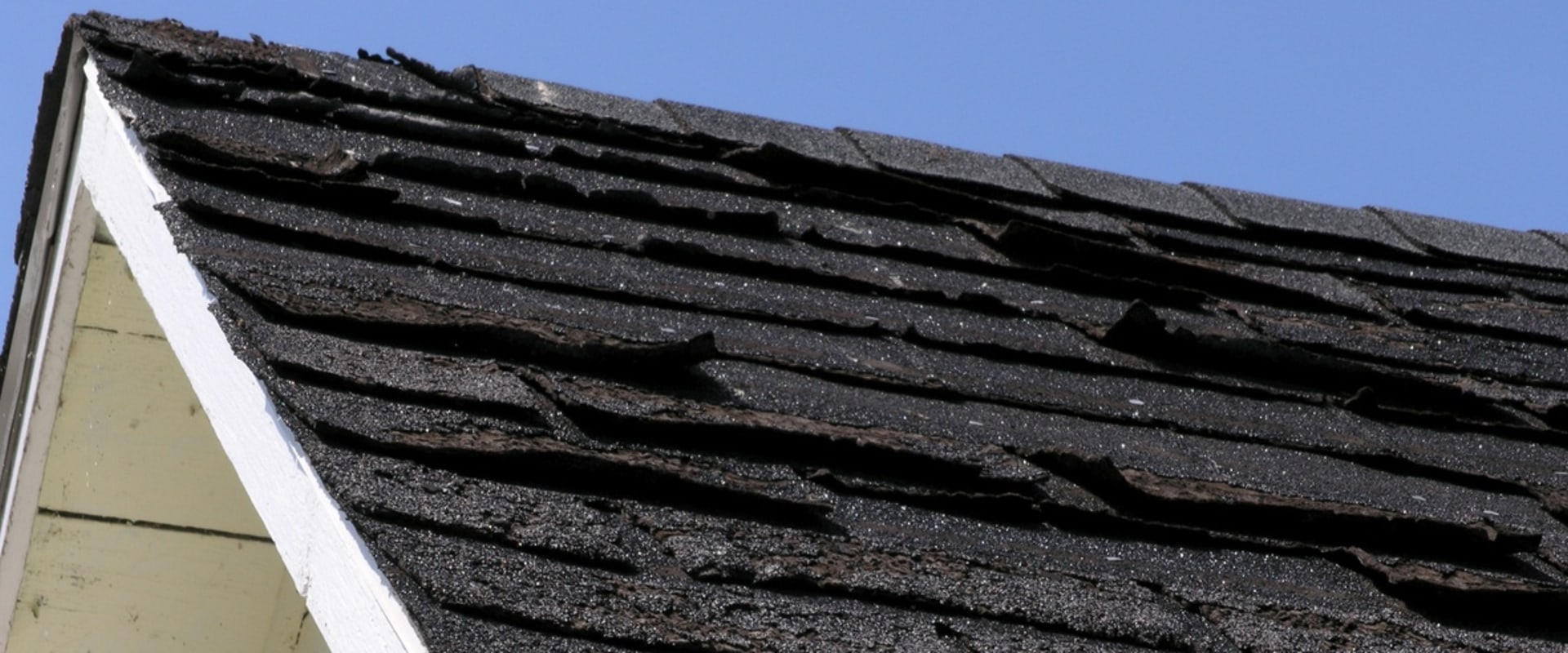
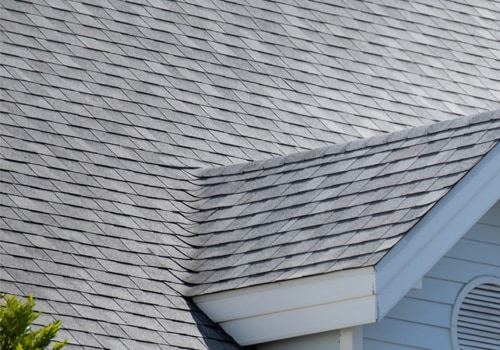
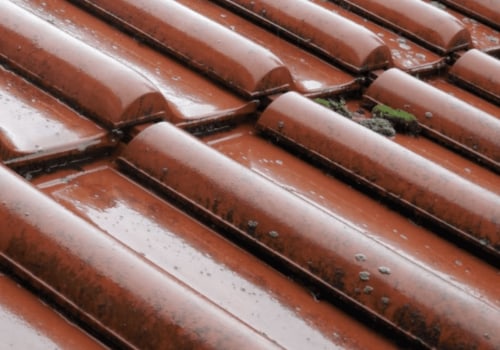

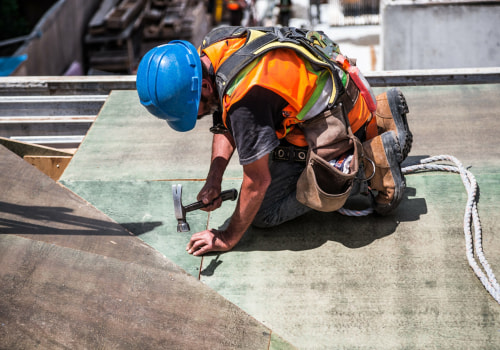


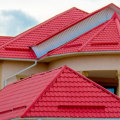
Leave Reply